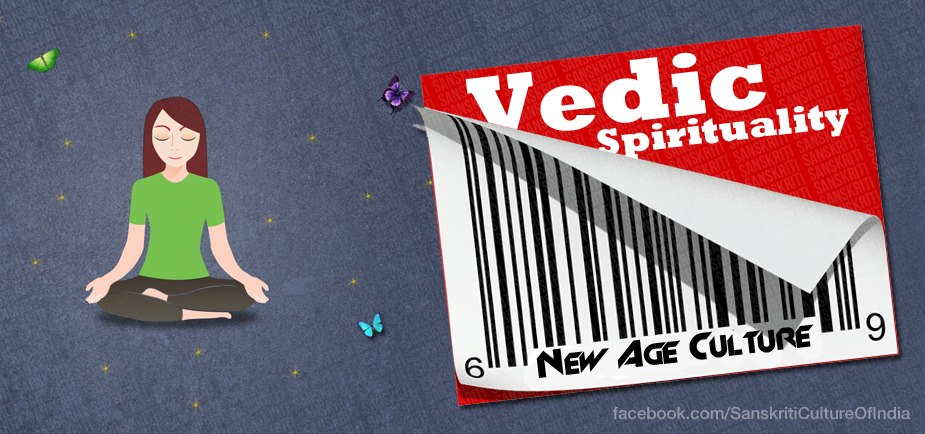The term “New Age” is actually quite inappropriate, because much of what masquerades as “New Age” thought is well-worn ancient knowledge. What is new, by and large, are only the misinterpretations of that knowledge made by impatient Western popularizers.
If I use the term “New Age” here, it is only because it has become a readily recognizable label. It refers to a certain cultural movement in Western society that seeks to reinstate a nonmaterialistic outlook. That movement started in the early 1970s, when both Eastern religious traditions and Western transpersonal psychology had created a momentum of popular interest.
The New Age outlook typically includes the belief in the interrelatedness of everything (called “holism”), a concern for the Earth as our planetary home or sanctuary, the belief in one universal religion and in the spiritual law of karma and reincarnation, and, finally, the recognition that life is a school with lessons in personal growth and spiritual teachers (incarnate and discarnate) to assist us.
None of these prominent ingredients of New Age philosophy can be said to be innovative. This becomes obvious when we study the spiritual teachings of the Vedas, which were articulated by sages or seers (rishis) who lived in India several thousand years ago. They were among the first to articulate the interconnection between all things in the known and unknown universe. They taught the secret teachings about the cosmic moral law of karma and reincarnation. And they demonstrated in their own lives the kind of attitude and orientation that is conducive to moral and spiritual growth. And, finally, they celebrated in their sacred hymns the splendor of inner illumination, which is the mature fruit of a balanced life dedicated to the ideal of transcending the ego.
Much of New Age thinking sounds like “hip” Hinduism. We find New Agers bandying about such Sanskrit terms as yoga, mantra, karma, guru, cakra, tantra, etc., but often they speak these words without really understanding their import, which is in fact profound and calls for much study.
By comparison with the ancient spiritual traditions, the hodgepodge of New Age thought is akin to shallow, brackish water. In other respects, we can even compare it to quicksand that instantly gobbles up unwary travelers. Its most pernicious aspect is that it generally promises instant success—immediate enlightenment—without too much personal commitment or labor. Anyone familiar with the world’s spiritual traditions and the rigors of self-transcending practice (sadhana) will at once recognize this as a whopper!
The get-there-quick philosophy of New Agers is tied in with the equally infelicitous notion that we can shape reality according to our will. However, the motto “thinking makes it so” is one of those half-truths that tend to do more harm than good. In the hands of some New Agers it can even become a weapon of self-destruction. For instance, if you suffer from AIDS or terminal cancer, positive thinking alone is like a drop in the ocean, that will not alter the inevitable outcome of these diseases. It is indeed naive to assume that our undisciplined mind, or 20-watt thoughts, can drastically alter reality. With rare exceptions, this appears to be the prerogative of accomplished yogins and spiritual adepts, who have devoted their entire lives to training their will power.
Unlike a lot of New Age thought, the spiritual traditions operate on the basis of pragmatic realism. When they remind us about the magical powers of the human mind, they also tell us that it is incredibly difficult to change our deeply ingrained mental habits. When they provide us with practical disciplines, they simultaneously challenge us not to confuse the means with the goal.
As critics have pointed out, the dominant mood in New Age circles is one of narcissism. Part of this derives from the desire to be a self-important success. In spiritual life, however, such goal-oriented striving is utterly counterproductive. The desire for illumination or freedom (mumukshutva) is not an egotistic motivation.
Is there, then, nothing positive about New Age thought? Not at all. For some, it can be an important stepping-stone to the discovery of genuine spiritual values and disciplines. The point is, though, as Ludwig Wittgenstein observed, that we must jettison the ladder once we have climbed it.
-by Georg Feuerstein










